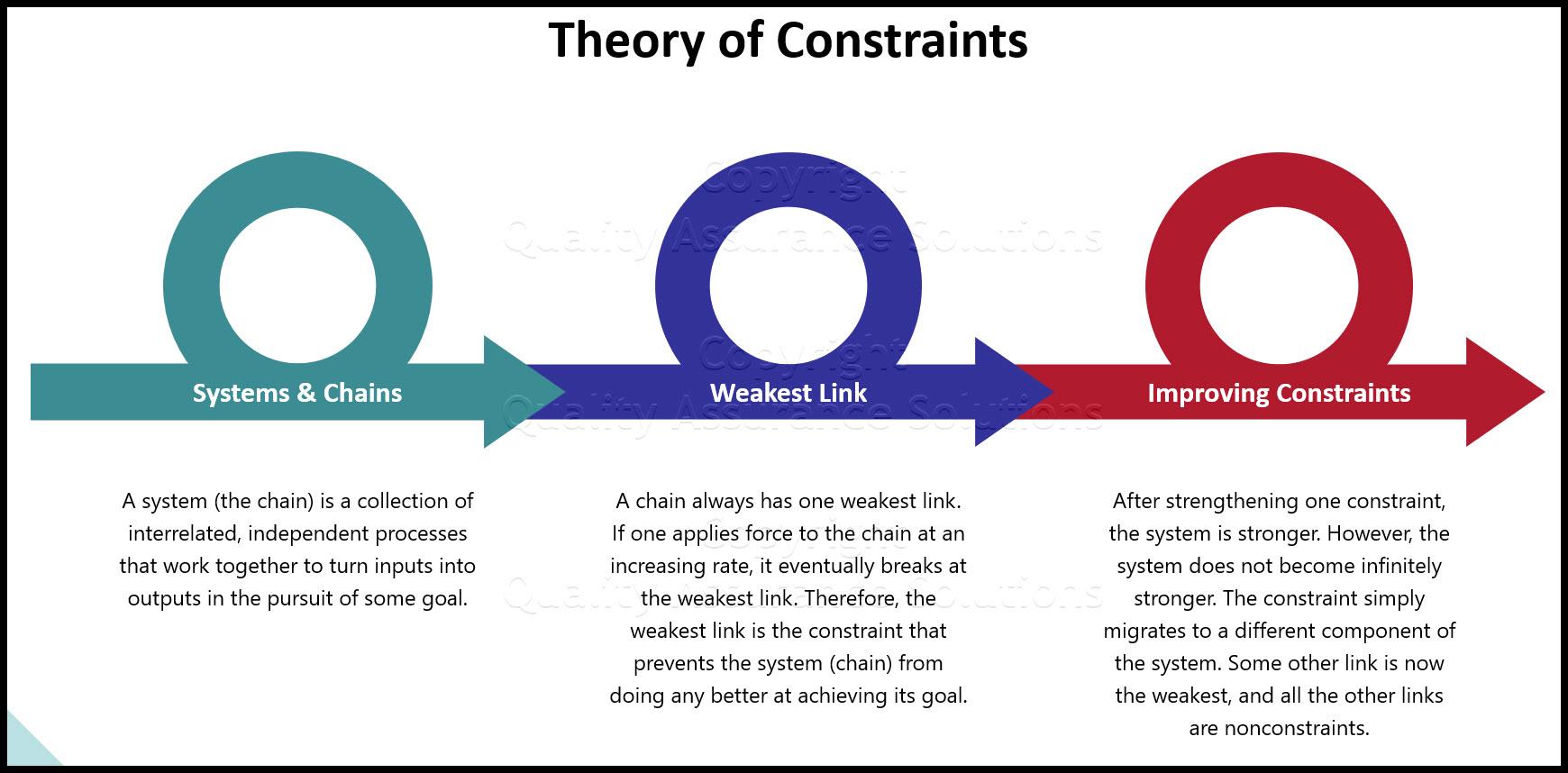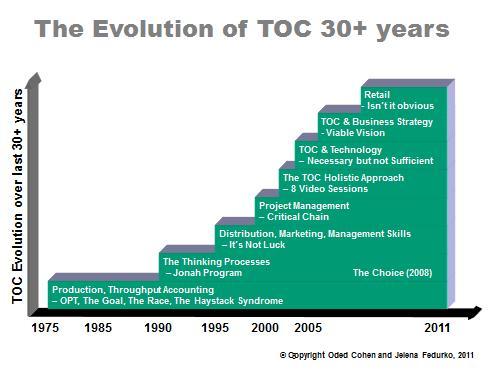In a world where efficiency is key and time is of the essence, mastering the art of logistics, transport, and shipping becomes crucial. One method that has revolutionized the way businesses approach these areas is the Theory of Constraints (TOC). This innovative approach focuses on identifying and removing bottlenecks in the supply chain to optimize operations and maximize output. Join us as we delve into the world of TOC logistics and discover how this theory is reshaping the way goods are transported and shipped around the globe.
Understanding the Theory of Constraints in Logistics
In the world of logistics, the Theory of Constraints (TOC) plays a crucial role in optimizing processes to improve efficiency and effectiveness. TOC is a methodology that focuses on identifying and managing bottlenecks within a system to enhance overall performance. By understanding and addressing constraints, businesses can streamline their operations and achieve better results in transportation, shipping, and warehousing.
One key concept in TOC is the idea that a system is only as strong as its weakest link. This principle emphasizes the importance of identifying and resolving constraints that limit the flow of goods through the supply chain. Through tools such as the Five Focusing Steps and the Thinking Process, logistics professionals can analyze complex systems, prioritize improvements, and implement changes to drive continuous improvement and achieve greater success in the competitive world of shipping and transport.

Optimizing Transport Processes through TOC Principles
Transport processes play a crucial role in the success of any logistics operation. By applying Theory of Constraints (TOC) principles to transportation, companies can streamline their supply chain, reduce costs, and improve overall efficiency. TOC emphasizes identifying and addressing bottlenecks in the system to maximize throughput and optimize resources.
One key aspect of TOC logistics in transport is focusing on the flow of goods from point A to point B. By implementing strategies such as route optimization, load planning, and real-time tracking, companies can minimize lead times and enhance customer satisfaction. Additionally, adopting TOC principles can help organizations adapt to changing market conditions and improve their competitive advantage in the rapidly evolving shipping industry.

Implementing TOC Strategies for Efficient Shipping Operations
Implementing TOC strategies in shipping operations can result in significant improvements in efficiency and effectiveness. By identifying and addressing bottlenecks in the supply chain, companies can streamline their shipping processes and increase overall productivity. One key aspect of TOC logistics is the use of buffer management to ensure that resources are utilized effectively and that shipments are delivered on time. This approach can help companies minimize delays and reduce costs associated with transportation.
Another important TOC strategy for shipping operations is the implementation of synchronized planning. By coordinating activities across different departments and suppliers, companies can eliminate unnecessary wait times and reduce lead times for deliveries. This can lead to improved customer satisfaction and ultimately, increased profitability. By adopting a holistic approach to shipping operations, companies can achieve a competitive edge in the marketplace and deliver superior service to their customers.
Overcoming Bottlenecks in the Supply Chain with TOC Logistics Approach
The Theory of Constraints (TOC) is a powerful methodology that can be applied to the logistics, transport, and shipping industries to help overcome bottlenecks in the supply chain. By identifying and addressing the constraints that limit the flow of goods and services, businesses can improve efficiency and reduce costs.
One key principle of TOC logistics is the focus on continuous improvement and optimization. By constantly monitoring and analyzing the supply chain process, organizations can identify areas of improvement and implement solutions to enhance performance. This approach can help businesses streamline their operations, increase productivity, and maintain a competitive edge in the market.
To Wrap It Up
As we wrap up our exploration of Theory of Constraints (TOC) in the realm of logistics, transport, and shipping, we hope you have gained valuable insights into how this methodology can revolutionize the way businesses optimize their operations. By identifying and addressing bottlenecks in the supply chain, TOC offers a systematic approach to improving efficiency and maximizing productivity. Whether you are a logistics manager looking to streamline transportation processes or a shipping company aiming to enhance delivery times, implementing TOC principles can help you achieve your goals. So, why wait? Embrace the power of TOC and unlock new possibilities for success in your industry. Thank you for joining us on this enlightening journey. Happy optimizing!
